Traveling with pet birds requires careful planning and preparation to ensure their safety and well-being throughout the journey. Whether you’re embarking on a short road trip or a cross-country adventure, understanding your bird’s needs and taking necessary precautions is crucial. In this article, we’ll provide you with a detailed guide to traveling with pet birds, covering every aspect from pre-travel preparation to arrival and transition. Let’s dive in!
Traveling with pet birds:
Understanding Your Bird’s Needs:
Assessing Your Bird’s Health and Suitability for Travel
Before embarking on a traveling with pet birds, it’s essential to assess its health and determine if it’s suitable for travel. Schedule a visit to your avian veterinarian for a thorough health check-up. Ensure that your bird is in good health and up-to-date on vaccinations before traveling.
Understanding the Stressors of Travel on Birds
Traveling can be stressful for birds due to unfamiliar environments, loud noises, and changes in routine. Understand the potential stressors your bird may encounter during travel and take steps to minimize them.

Pre-Travel Preparation:
Checklist for Pre-Travel Preparation
- Ensure your bird’s travel carrier is secure and well-ventilated.
- Pack sufficient food, water, and familiar toys for the journey.
- Double-check all necessary permits and documentation for traveling with birds.
- Prepare a first-aid kit with essential supplies for your bird’s health and safety.
- Ensure your bird’s identification tags are updated with current contact information.
Obtaining Required Permits or Documentation for Traveling with Birds
Research and obtain any required permits or documentation for traveling with birds, especially if crossing state or international borders. Ensure all paperwork is in order before your departure date to avoid any last-minute complications.
Packing Essential Items for Your Bird’s Comfort and Well-being
Pack essential items such as your bird’s favorite food, water dispenser, comfortable perches, and familiar toys to keep them comfortable and entertained during the journey.
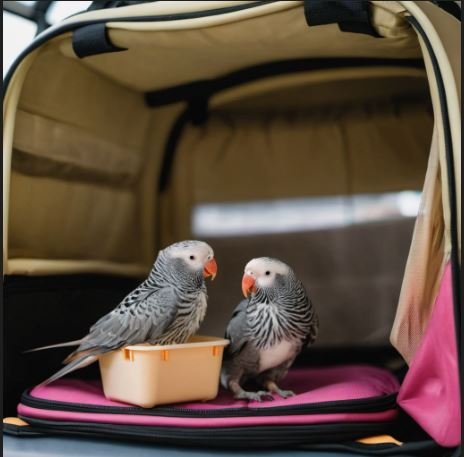
Choosing the Right Travel Carrier:
Types of Bird Carriers Available
There are various types of bird carriers available, including travel cages, carriers, and harnesses. Choose a carrier that provides ample space for your bird to move around comfortably while ensuring security during travel.
Tips for Selecting the Appropriate Size and Design
Consider your bird’s size and species when selecting a travel carrier. Ensure the carrier is spacious enough for your bird to stretch its wings without feeling cramped. opt for carriers with secure latches and good ventilation.
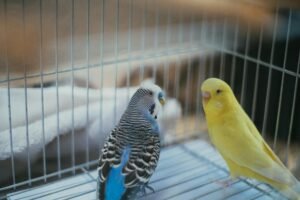
Tips for Safe and Stress-Free Travel:
Planning Your Travel Itinerary
Plan your travel itinerary with your bird’s needs in mind, including rest stops for food, water, and bathroom breaks. Avoid traveling during extreme weather conditions, such as excessive heat or cold.
Strategies for Acclimating Your Bird to the Travel Carrier
Introduce your bird to the travel carrier gradually before the journey. Allow them to explore and become familiar with the carrier, gradually increasing the duration of time spent inside.
Managing Temperature, Humidity, and Airflow During Travel
Monitor the temperature and humidity levels inside the travel carrier to ensure your bird remains comfortable. Provide adequate airflow by choosing carriers with ventilation openings and avoiding placing the carrier in direct sunlight.
In-Transit Care and Monitoring:
Providing Food, Water, and Opportunities for Rest
Offer your bird regular opportunities for food, water, and rest during transit. Pack easily accessible snacks and water dispensers inside the carrier for convenience.
Monitoring Your Bird’s Behavior and Well-being
Pay close attention to your bird’s behavior and well-being during transit. Look for signs of distress or discomfort, such as excessive vocalization or unusual postures, and address any concerns promptly.
Addressing Common Concerns
Be prepared to address common concerns such as motion sickness or anxiety during travel. Consult your vet for advice on managing these issues and have appropriate medications or remedies on hand if needed.
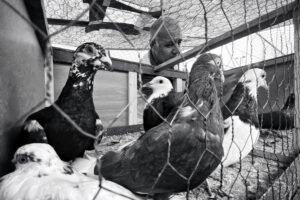
Arrival and Transition:
Setting Up a Temporary Living Space
Upon arrival at your destination, set up a temporary living space for your bird. Ensure the area is safe, quiet, and free from potential hazards. Provide familiar items such as perches and toys to help your bird feel more comfortable.
Allowing Time for Adjustment
Give your bird ample time to adjust to the new environment before expecting them to resume normal activities. Be patient and provide reassurance as your bird explores its new surroundings.
Minimizing Stress During Transition
Minimize stress during the transition period by maintaining a consistent routine and environment for your bird. Avoid sudden changes or disruptions that could cause anxiety.

Conclusion:
Traveling with pet birds can be a rewarding experience with proper preparation and care. By following the guidelines outlined in this article, you can ensure a safe and stress-free journey for your feathered companion. Remember to prioritize your bird’s well-being at every step of the journey, and don’t hesitate to seek professional advice if needed. Bon voyage!
Pet Bird Travel Quiz:
[qsm quiz=2]
FAQs: Traveling with pet birds
- Can I take my pet bird on a plane?
Yes, you can travel with your pet bird on a plane, but it’s essential to check with the airline for their specific requirements and regulations regarding pet travel.
- Can you travel with a pet bird?
Yes, you can travel with a pet bird, but careful planning and preparation are necessary to ensure their safety and well-being during the journey.
- Bringing pet birds to Hawaii?
Bringing pet birds to Hawaii may require additional permits and quarantine procedures due to the state’s strict biosecurity regulations. Research the requirements thoroughly before traveling.
- Bringing pet birds to Australia?
Bringing pet birds to Australia involves stringent quarantine procedures and import regulations. Ensure compliance with all requirements to avoid any complications upon arrival.
- Bringing pet birds to the UK?
Bringing pet birds to the UK requires compliance with import regulations and health certification. Check with the UK government’s Animal and Plant
- How do I know if my bird is fit for travel?
Before traveling with your bird, it’s crucial to assess their health. Schedule a vet visit for a thorough check-up. Also, observe their behavior and appetite. Any changes or signs of illness should be addressed before travel.
7. What documents do I need to travel with my pet bird?
Required documents vary by destination but commonly include health certificates, permits, and proof of ownership. Research your destination’s requirements and ensure you have all necessary documentation. Also, carry copies of medical records and identification for smooth travel.
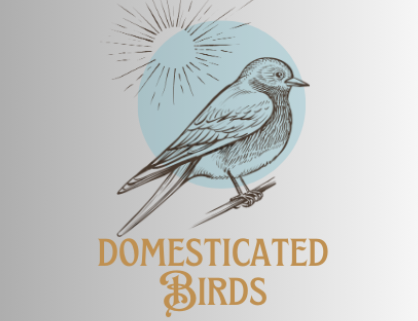
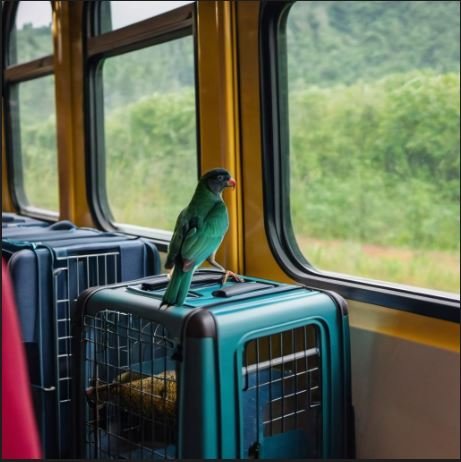
protogel protogel protogel protogel protogel
Hi there, I enjoy reading all of your article post.
I like to write a little comment to support you.
Hi! I know this is kinda off topic but I was wondering
which blog platform are you using for this website?
I’m getting fed up of WordPress because I’ve had issues with hackers and I’m looking at options for another platform.
I would be fantastic if you could point me in the direction of a good platform.